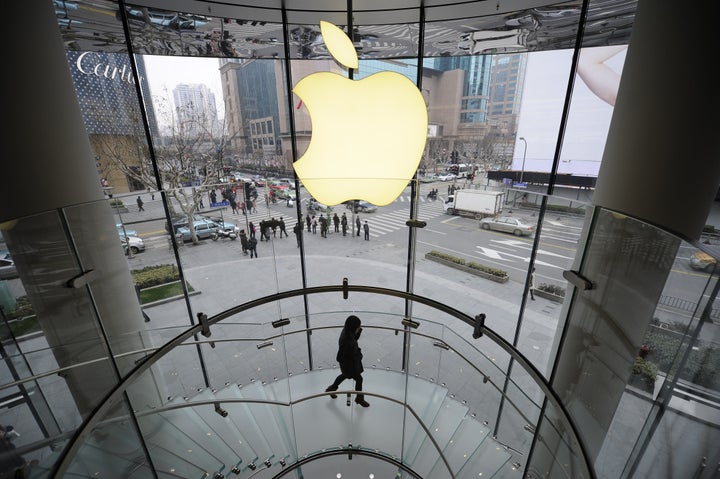
Success has its price. During the very months Apple has shined it has been battered in the media by The Goliath Effect.
For longer than seemed possible, Steve Jobs cast Apple in the role of David against the Goliath of Microsoft or IBM, brilliantly positioning Apple as the underdog. Yet that masterful storytelling became impossible a few months ago when Apple's earnings exploded and its stock skyrocketed and it arguably became the world's biggest corporation.
Before we go further, I want to make a full disclosure. I have money and innovation at stake in this fight. Money because I own Apple stock. Innovation because as the former news editor of MacWeek magazine, and co-author of two books on Innovation I have studied and admire Apple.
The mantle of Goliath is a heavy cross to bear in America. We love to tear down our celebrities, politicians, and yes companies. Early this year, as Apple's business boomed, the heavy guns of the media and Wall Street trained their sights on the Colossus of Cupertino.
Sitting before my computer this week I came up with what I imagined was an original phrase, "The Goliath Effect." Then I searched on the net and found a reference to Gary Alan Fine, who in 1985 wrote the article, "The Goliath Effect: Corporate Dominance and Mercantile Legends," writing that "these corporations will often be portrayed in a negative light as immoral or as distinctly malevolent."
The Goliath Effect explains the drastic shift in media, financial and public perceptions of Apple the past few weeks. This is about the power of story to move markets. Most of all this is a story about how the facts don't matter when you're targeting Goliath.
The typecasting began shortly after stock markets closed on January 24, when Apple announced record earnings -- a mind boggling $46 billion in sales for the quarter. The stock leaped over 8 percent in after-hours trading, but the honeymoon would only last hours.
The New York Times broke a story in the morning: "In China, Human Costs Are Built Into an iPad." The news story was devastating and graphic, telling of a terrible explosion at the Foxconn factory in Shenzhen, China that killed two and turned one worker's face into "a mat of red and black."
But it wasn't news. The explosion happened more than six months earlier in May of 2011. And this was hardly Apple's factory -- Foxconn supplies hundreds of companies, including Amazon, Dell, Hewlett-Packard, Nintendo, Nokia and Samsung. The non-profit group Business for Social Responsibility wrote to the Times that the article contained several inaccuracies.
But timing is everything, and this slingshot was fired at Goliath at a vulnerable moment, right after Apple reported its sensational earnings. I don't believe in coincidences. A New York Times series that was months in the making was timed for maximum effect.
Hold that thought and jump forward three months. This April 25, after the stock market's close, Apple reported yet more phenomenal earnings. And three days later, the Times published another expose, "How Apple Sidesteps Billions in Taxes."
But in the rush to attack the computer Goliath, the Times stumbled. Within days, FoxBusiness and Forbes charged that, once again, there were serious errors in the Times' article. In "NY Times Gets Apple's Effective Tax Rate Wrong," Elizabeth MacDonald of FoxBusiness wrote: "So the Times likely used a lower effective rate for Apple versus what the rate really is, which makes the story sound more shocking than it is." Then, in a Forbes piece headlined "Apple's 9.8% Tax Rate: New York Times Ignorance Again," Tim Worstall accused the Times of "gargantuan ignorance" and claimed the Times had grossly exaggerated and based its report on a surprisingly amateur misunderstanding of when corporations pay taxes. Worstall charged: "So what the NYT has really reported is that Apple's profits have been growing quickly: something which I think we already knew."
But facts don't matter when Goliath is the target. Nobody's rooting for the top dog, every wart is in full view, and punches below the belt are to be expected. The days when Apple can play the underdog are long past.
For two financial quarters in a row, The New York Times has expertly timed slingshots at Apple that have had a material effect on its stock. But that's what happens when you're Goliath. They say the third time's a charm. I can't wait to see the Times' story in late July.
Jonathan Littman is the founder of Snowball Narrative and the co-author of the Ten Faces of Innovation and Art of Innovation.